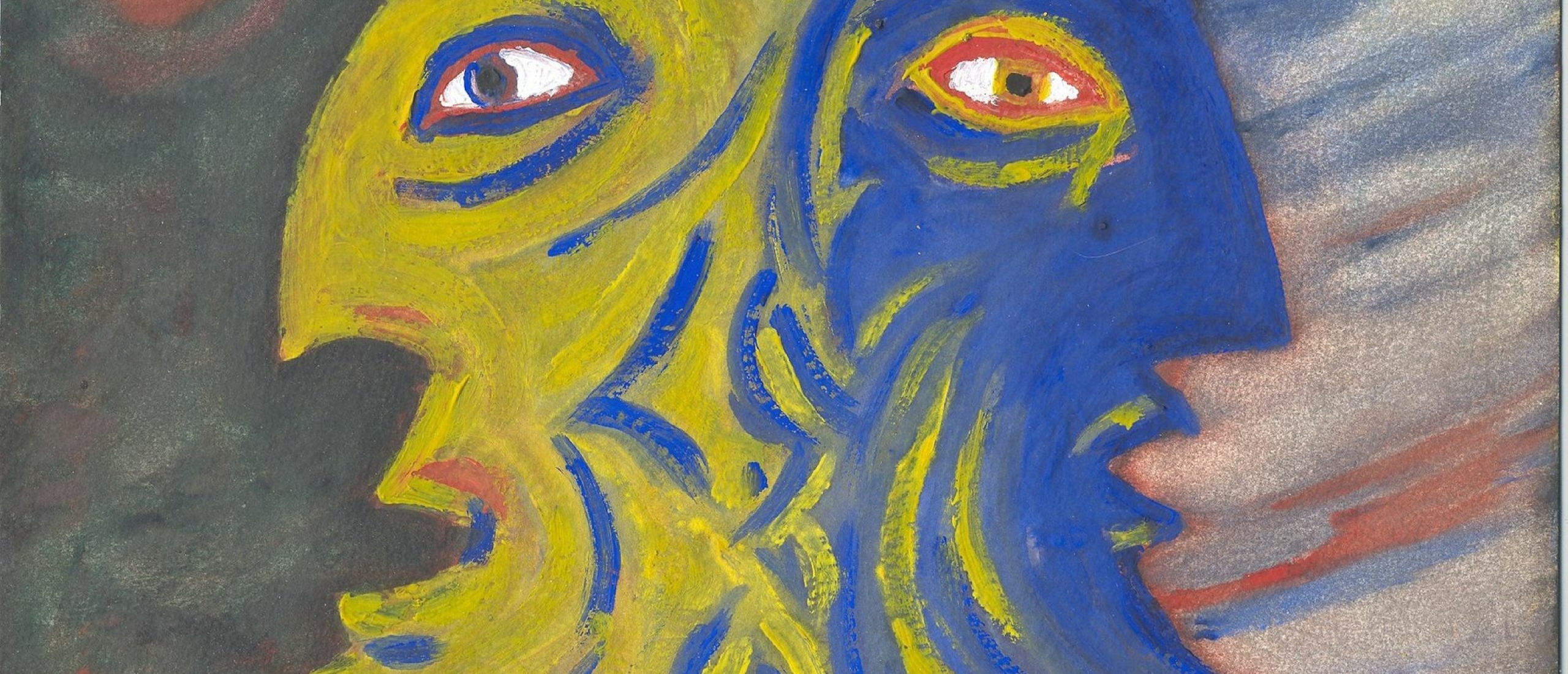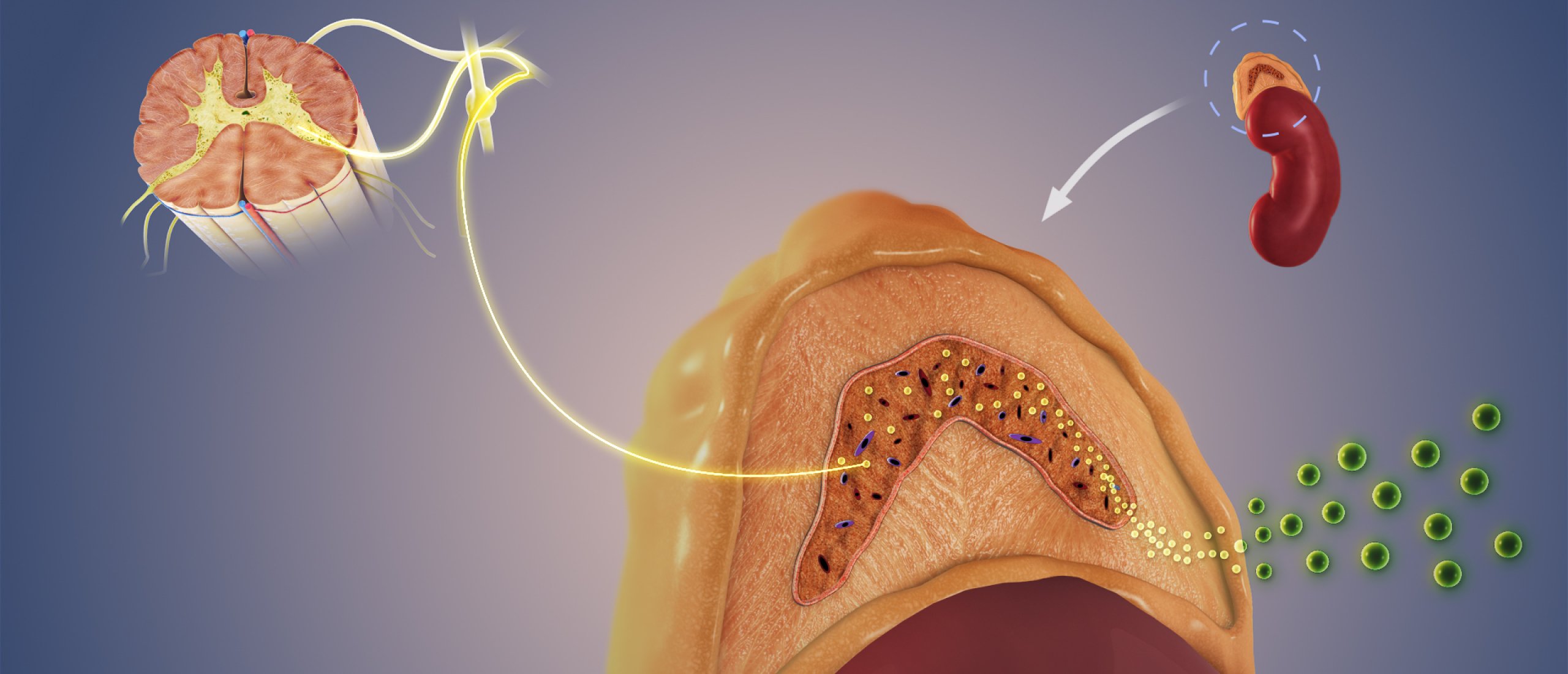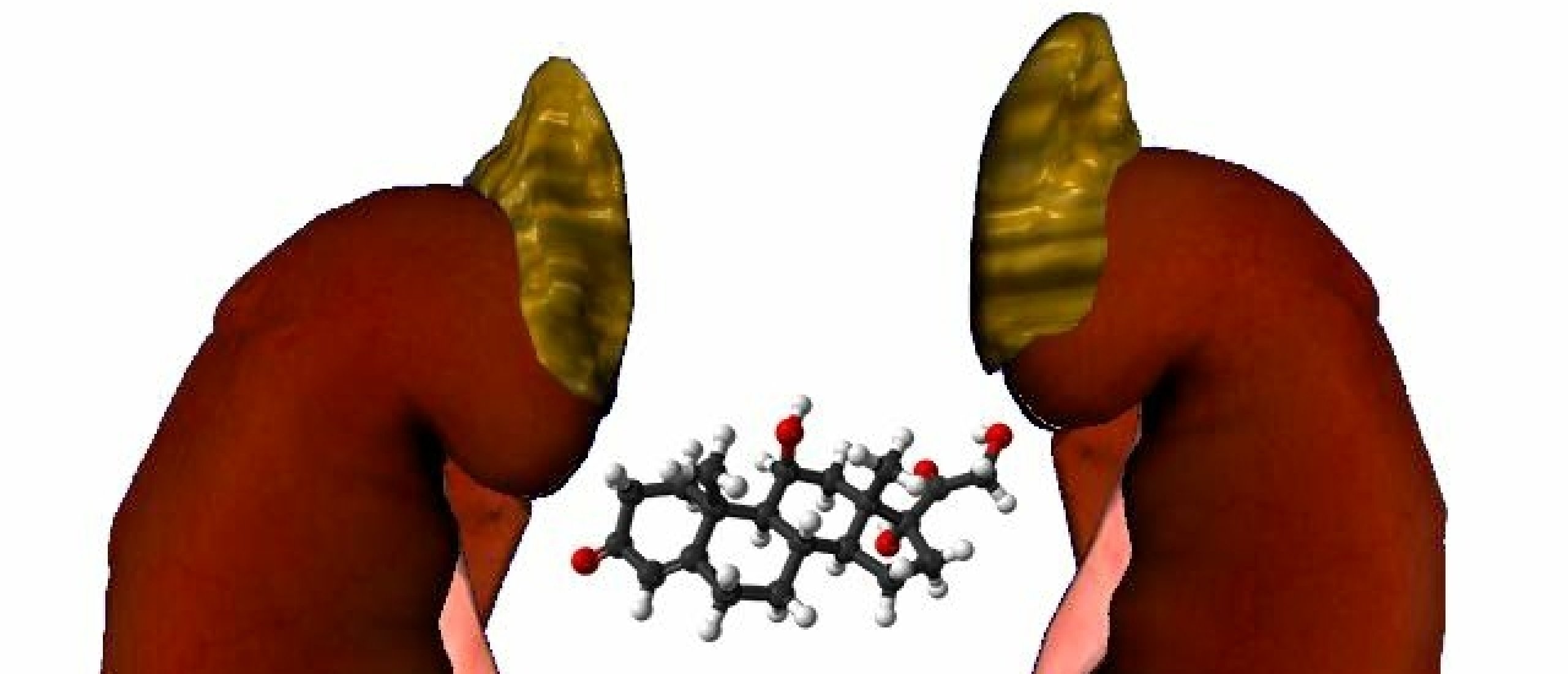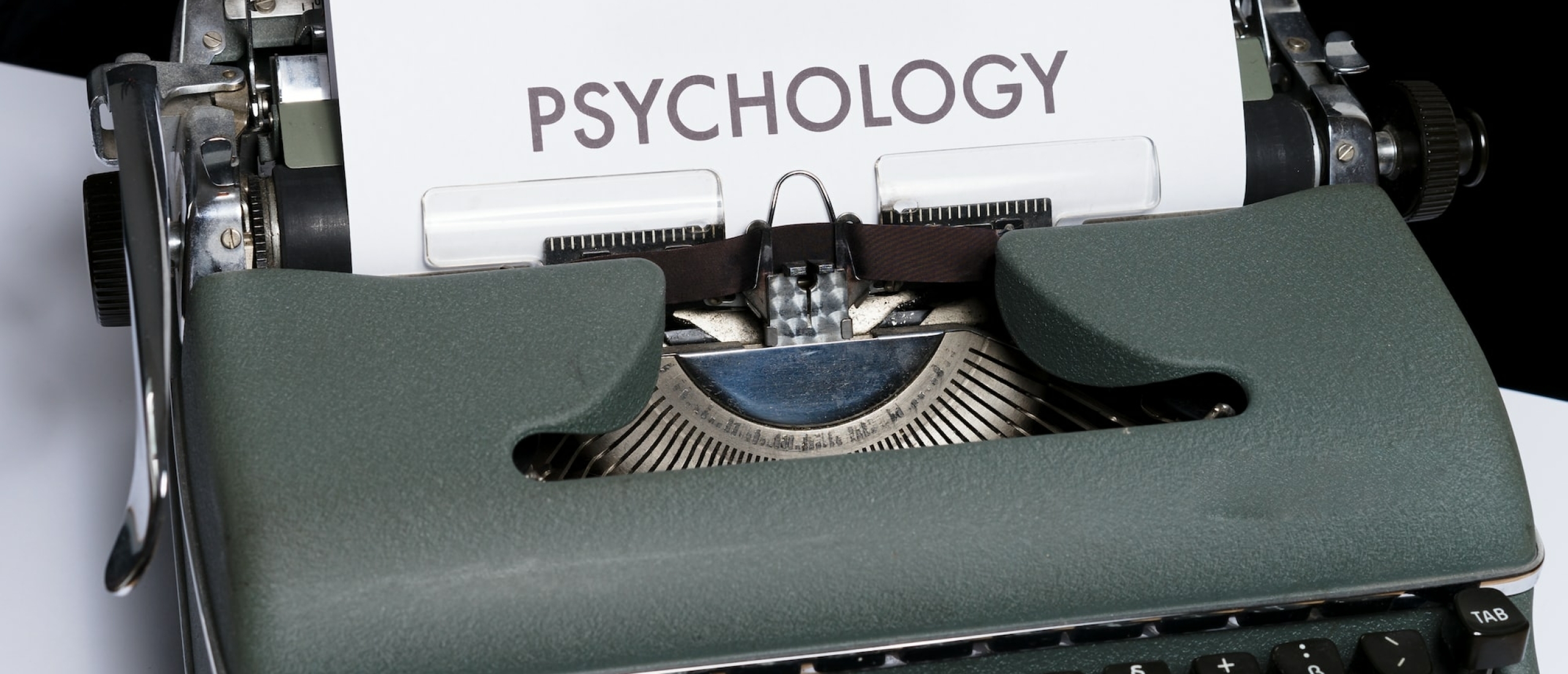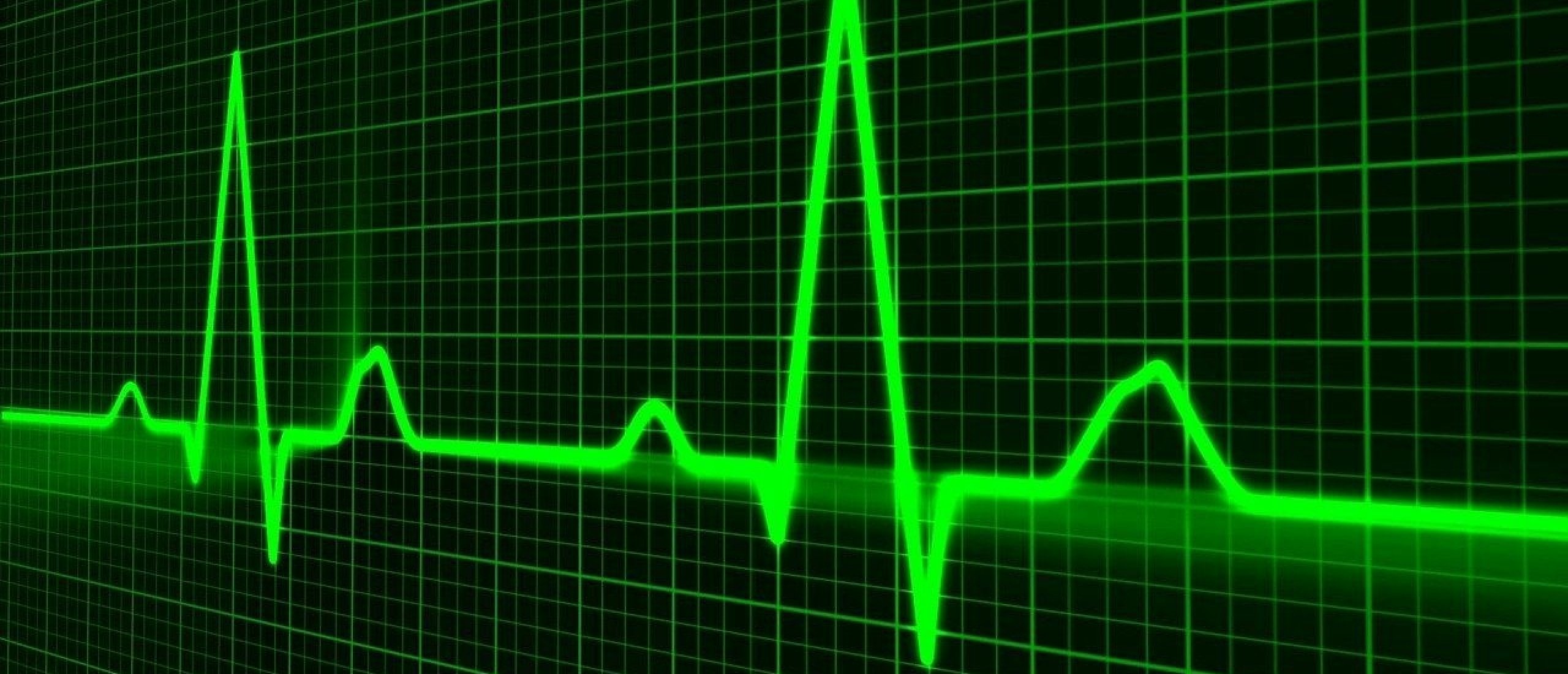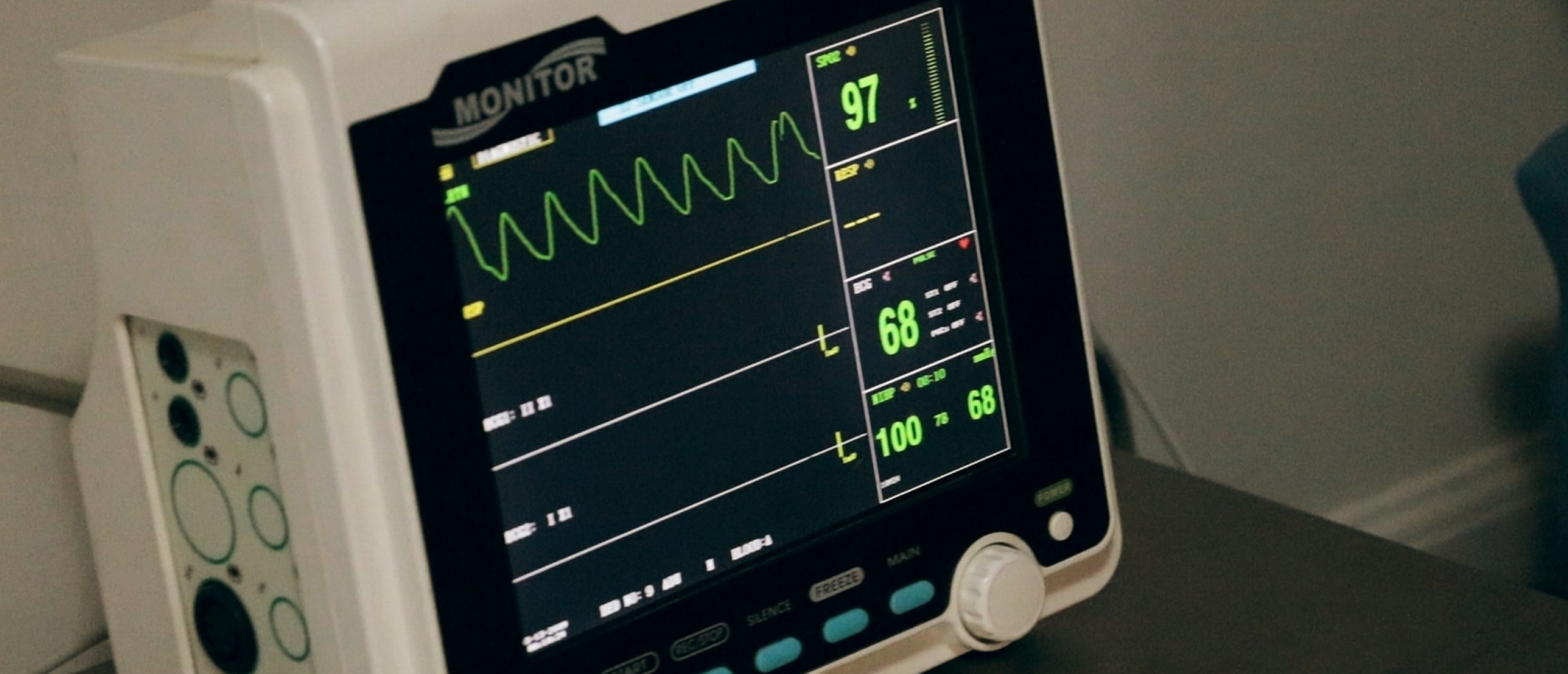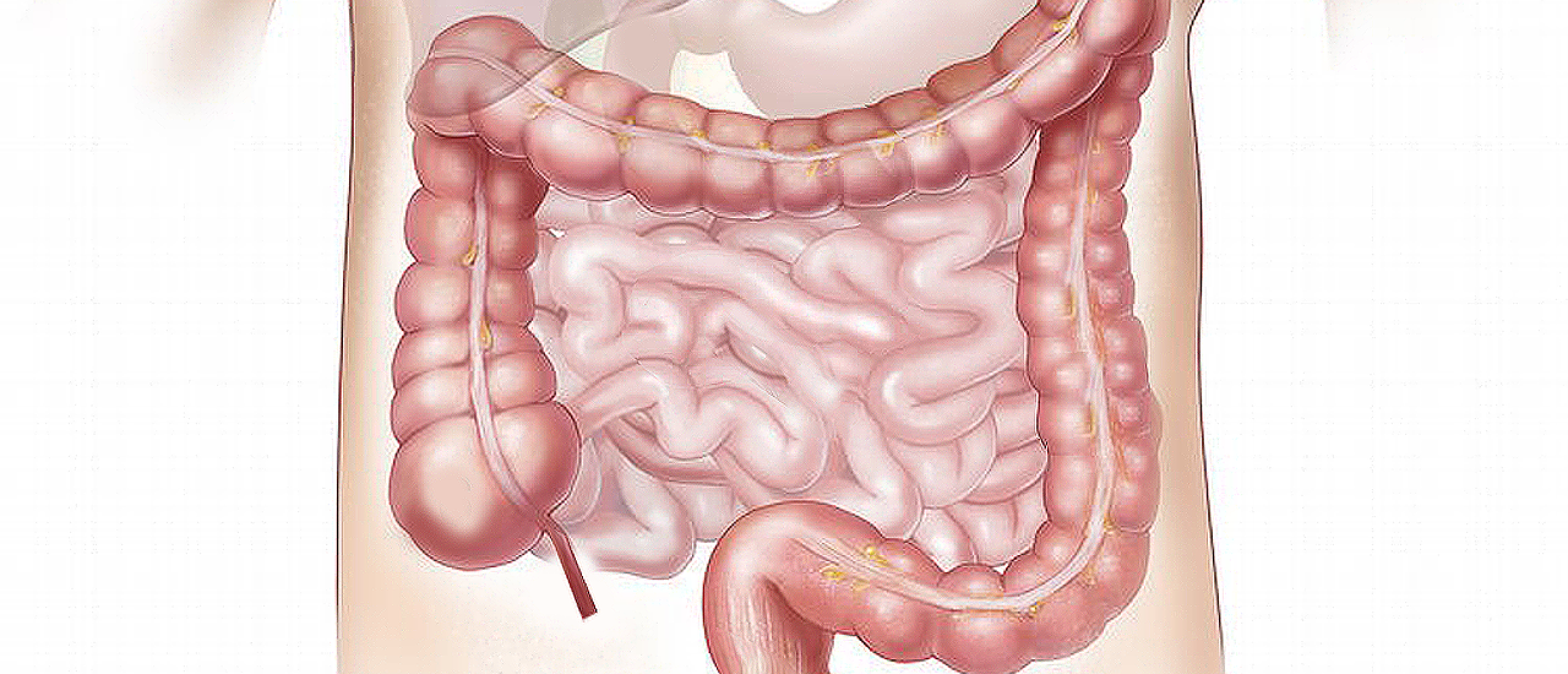
One of the first things you'll notice when you suddenly get stressed is that your breathing frequency goes up, as a consequence of sympathetic nervous system activation. Breathing techniques, activating the parasympathetic nervous system, can help you to reduce this and to make you feel calm again.
The mechanisms of breathing
Breathing, fortunately, is not something you have to think about to do it. The process of inspiration and expiration is completely controlled by the autonomic nervous system. But if you think about it, you will realize that breathing is actually quite a complicated process. During inspiration, the diaphragm and the external intercostal muscles (the muscles running between the ribs) contract. The diaphragm moves downward, increasing the volume of the chest cavity, and the intercostal muscles pull the ribs up and outward, expanding the rib cage and further increasing chest volume. The increase of volume lowers the air pressure in the lungs, so that air from the mouth or nose can flow in. During exhalation, the opposite happens, so that the chest cavity becomes smaller, forcing air out of the lungs into the atmosphere.
With each breath, air passes all the way down into small sacs in the lungs called alveoli. This is the place where oxygen and carbon dioxide exchange takes place. This exchange of gasses is called respiration. Oxygen will get into the blood, and carbon dioxide will go out of the body and into the atmosphere.
Control of breathing
The control of breathing is achieved by a couple of brain regions. They send a message to the respiratory muscles when it is time to breathe, and that breathing should be maintained.
The brain knows this, because chemoreceptors in the aorta and arteries constantly monitor the amount of oxygen, carbon dioxide and acidosis (how acid the blood is), and send this information to the brain. Breathing depth and frequency can therefore be adapted as needs be.
For example, when you exercise, carbon dioxide levels rise. This is detected by the chemoreceptors, which send a signal to the brain that breathing frequency and volume need to go up. In this way, the body can get rid of the extra carbon dioxide, and can take up more oxygen to fuel the muscles. When you stop exercising, breathing frequency gradually returns to normal, in parallel with falling concentrations of carbon dioxide in the blood.
Accelerated breathing during stress
When you are suddenly faced with a stressful situation, you will have noticed that your breathing frequency goes up. This is caused by the stress hormone adrenaline (also known as norepinephrine).
Adrenaline is released by the adrenal medulla of the adrenal gland, located on top of the kidneys. Its release is stimulated by the sympathetic nervous system, which mediates the fast responses to stress and immediate danger. For example, the sympathetic nervous system makes you jump away from an upcoming car, without you having to think about it.
Adrenaline binds to receptors on smooth muscle cells in the lungs, causing you to breathe faster. You will therefore be able to take up oxygen much faster, which will be delivered to the skeletal muscles to make immediate action possible, like jumping out of the way of the upcoming car.
The increased breathing is part of the “fight-or-flight” response, which enables us to actively cope with a stressor (an event that causes stress).
For exercise, both breathing volume and frequency increase to accommodate for the extra need for oxygen, and to get rid of carbon dioxide. For most types of stress, on the other hand, the increase in frequency is much more important. Sometimes, acutely stressed people (or those under shock) start even to hyperventilate. To illustrate this, think of the ice bucket challenge, where people are exposed to a sudden cold shock. After the initial gasping, a participant will likely hyperventilate for a short moment, a minute or so, which is a symptom of sympathetic nervous system activation (i.e. stress). Breathing frequency can double during this time. Longer exposures to cold will also lead to increased breathing volume to supply the muscles with more oxygen as they start to produce warmth by shivering.
Whereas cold exposure can be a physiological stressor, fear and anxiety reflect mental or psychological stress. The breathing response to psychological stress is nevertheless the same: an increase of breathing frequency rather than an increase of breathing volume.
Interestingly, human individual stress responses vary depending on their emotionality. An increase in breathing frequency has been associated with individual trait anxiety scores in psychological tests. This means that people who are naturally more anxious will have larger increases in breathing frequencies than those who are naturally not anxious.
Reducing stress by counteracting breathing frequency increase
While breathing happens automatically, it can also be regulated voluntarily. This is different from most other automatic functions in the body such as the frequency of heart beat that, like breathing, accelerates during stress. The behavioral, or voluntary control of breathing is located in the cortex of the brain, different from the brain’s respiratory center.
You may use this particular faculty more than you think. Speaking, singing and playing wind instruments are all examples of voluntary control of breathing.
For those who are under acute stress, this is very good news! The voluntary control of breathing makes it possible to influence, even counteract, the increased frequency of breathing during stress.
By forcing yourself to breathe slowly, you can overcome the effects of adrenaline on breathing frequency. And not only that, slowing down breathing will activate the parasympathetic nervous system. The parasympathetic nervous system is the antagonist of the sympathetic nervous system. It acts as a break, whereas the sympathetic nervous system is the accelerator. Not only for breathing, but also for many other processes in the body.
Thus, by activating the parasympathetic nervous system, you will not only normalize breathing, but you can also calm down in general. You will feel less stressed, and more able to face the immediate problem that has put you in a condition of stress.
So, before entering the office of your boss to ask for some time off, take a couple of deep breaths to find your calm and confident self. It is a simple trick, but it works!
Breathing exercises are indeed amongst the most advocated techniques to reduce stress. They are also an important part of yoga, in which you practice voluntary breath control. As a result, the sympathetic control over breathing becomes weaker, and the parasympathetic control becomes stronger, keeping you calm.
However, one should keep in mind that breathing exercises, or even yoga for that matter, do by themselves not solve the problems that give you stress. If you come to work and see the same big pile of paperwork sitting on your desk, you will likely feel stressed again, even after a yoga session. It is therefore important to know how to handle stressful events properly. Breathing exercises can help to calm you down temporarily, but are not the solution to stress in the longer term. However, they can help you to think more clearly about stressful events, because you have calmed down. You may thus find it easier to find solutions to get rid of a stressor.




